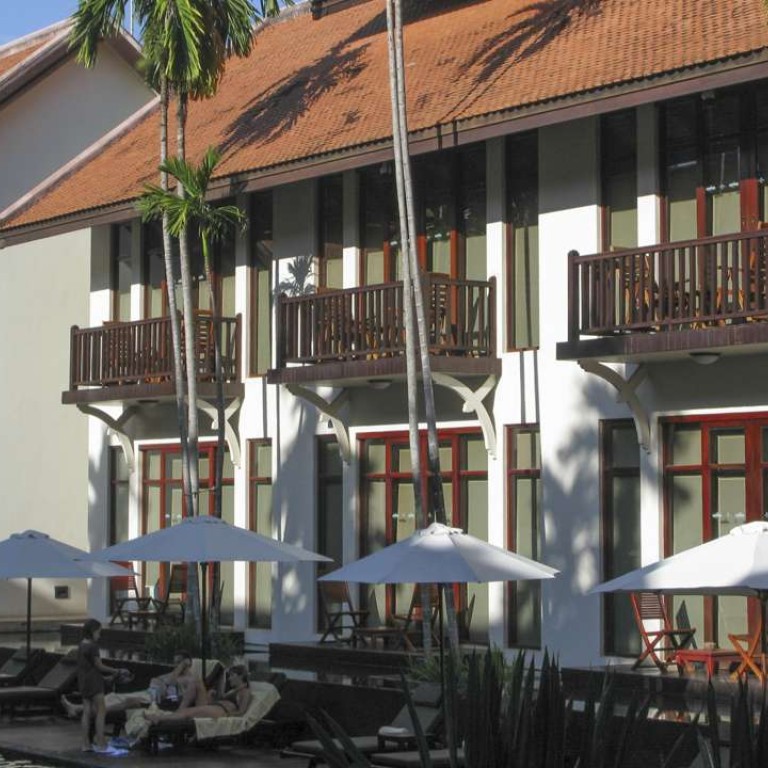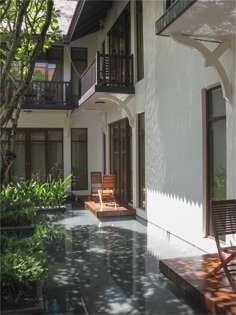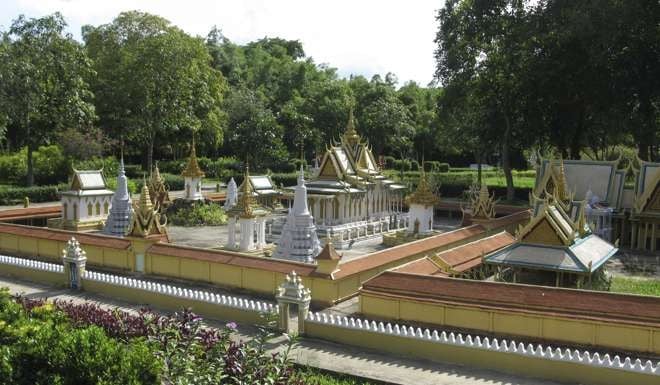
Anantara Angkor Resort & Spa – a homely option for temple tourists
Designed in the style of a traditional Khmer villa, the hotel near Siem Reap is a welcoming work in progress
What can we expect? “Welcome home,” the staff all say when you arrive, and there is something of a homely feeling to the place. It’s billed as an “oasis midway between airport and city”, although it’s worth bearing in mind that, while the interior is indeed a serene departure from hot, dusty, busy National Highway 6, which passes on the other side of the hotel’s white-washed walls, the centre of town is only about 8km and 18 minutes by car from Siem Reap International.
Built seven years ago, as a 50th birthday gift for the original owner’s wife, the hotel (I hesitate to use the word “resort”) is designed in the style of a traditional Khmer villa – you first enter a welcoming area, behind which is the restaurant and, further back, the accommodation, built in two storeys around a swimming pool. Anantara took the hotel over three years ago, and is undertaking a rolling, small-scale upgrade. Among other alterations, more foliage will be added to the small over-water deck (below) that graces each of the ground-floor rooms, adding some much needed privacy.

And the restaurant? Hanging from the ceiling of The Sothea, named after the aforementioned wife, are handmade brass chandeliers reminiscent of the chats, or umbrellas, Khmer Buddhists believe offer divine protection to royalty. You may not eat quite like a king beneath them, but the international/Khmer menu, inspired by whatever’s fresh in the market, will have you coming back for more, which is just as well, since there are not many dining options in this part of town.


One of the most underrated of Siem Reap’s pleasures is a ride around town in a tuk-tuk, even if it’s not the plush model the hotel provides for complimentary lifts. Follow that with a visit to the hotel spa, and all will seem right with the world.
What’s the bottom line? A deluxe room will set you back a nightly US$260, which includes breakfast and a mobile phone, to be used to call for a ride “home” after a jaunt into Siem Reap.

